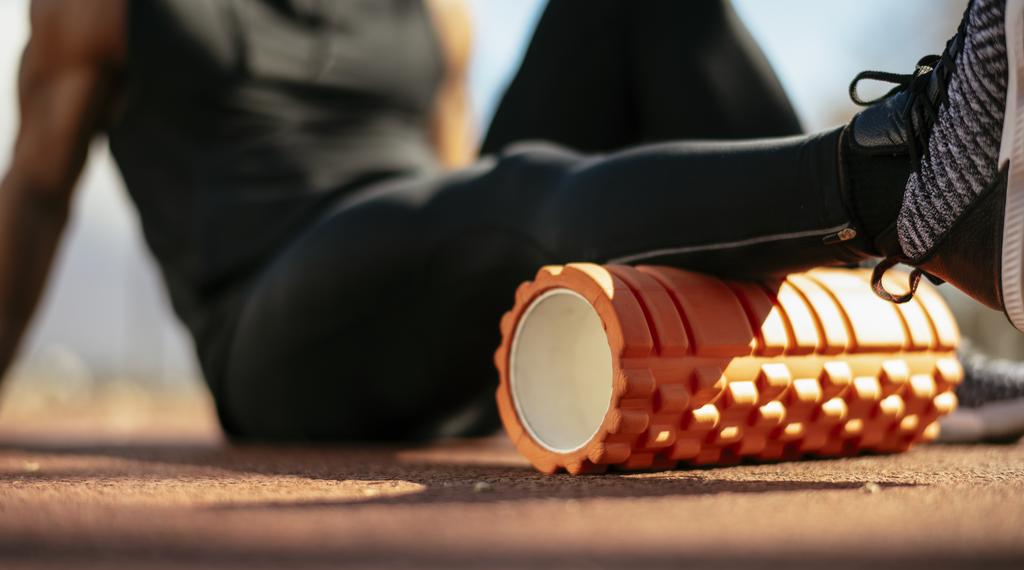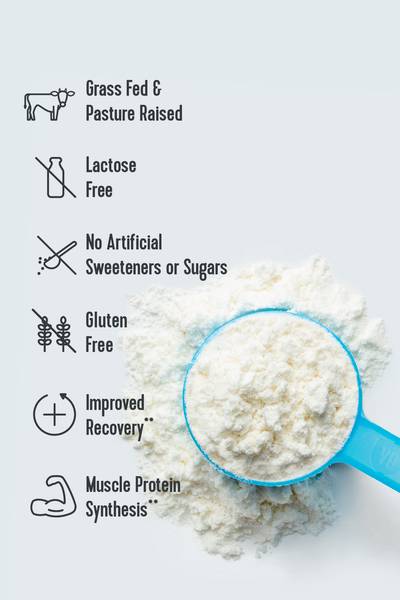In a perfect world, we would all get daily massages after our workouts. But life is busy and post-workout massages aren't practical for most of us for many reasons. The good news is that there is a convenient alternative — foam rolling.
Foam rolling (also known as self-myofascial release) is similar to deep tissue massages in that it provides pressure to sore muscles. You can use foam rollers to target any knots or points of tension you may feel in your muscles. And, they are portable and lightweight, making them a must-have for any home gym. While it can be easy to skip proper stretching and cooldowns post-workout, keeping a foam roller on hand can make it easier for you to remember to incorporate recovery as part of your post-workout routine. There's really no excuse not to use them.
Vital Note: This article has been made available for informational and educational purposes only. It is not intended to be a substitute for professional medical advice, diagnosis, or treatment. Always seek the advice of your physician or another qualified health provider with any questions you may have regarding a medical condition. Your licensed healthcare professional can best provide you with the diagnosis and treatment of any medical condition and assist you as well in deciding whether a dietary supplement will be a helpful addition to your regimen.
What Does a foam roller do for your body?
Essentially, foam rollers massage muscles via the stiff foam, while slowly rolling over muscles or holding a tight muscle on the roller provides pressure.
"Massaging muscles can help to release tightened muscle fibers and reduce trigger points," Lisa Folden, PT, DPT tells Lively.
A foam rolling routine may help decrease post-workout discomfort but should not replace static stretching. Folden says foam rolling should be more of an add-on to a deep stretch rather than a replacement.

Should you foam roll every day?
Folden shares that you can reap the most benefits from foam rolling by completing it after a workout. Pre-workout foam rolling isn't necessarily a bad thing, but just may not be as effective.
Even if you foam roll for just 10 minutes a day, it can be beneficial to both your workouts and recovery by helping to promote mobility. It can also help relieve any tension that may be caused by sitting at a desk for long hours.
How do you use a foam roller?
There are two common foam rolling techniques: repeated rolling or static holds. Both can benefit you in different ways.
Continual rolling is best for decreasing overall generalized muscle tension (think: rolling back and forth over the same area until you feel relief). If you have a specific sore spot, holding pressure until you feel a release is a better option.
In general, it's important to avoid rolling over bones or joints. Foam rollers are for muscles and muscles only. Another safety tip is to avoid rolling over your lower back and neck in order to protect your cervical and lumbar spine.
In general, remember to stop if you are feeling intense discomfort with rolling. It can be a little uncomfortable rolling over sore muscles, but it should never cause a sharp ache.
Related Articles
Is foam rolling bad?
Foam rollers are a pretty safe modality for most every athlete. However, Folden advises against rolling if you have impaired skin integrity and sensation.
"These groups include people with absent or limited feeling in their limbs/body and the elderly or those with thinner skin and increased risk of pressure sores," Folden says. As always, consult a doctor before starting a foam rolling routine, especially when coming in contact with previously injured areas.
Why is foam rolling good for you?
"Foam rolling can play a small but valuable role in the maintenance of mobility in that it can enhance muscle recovery after workouts, which may decrease injuries," Folden tells Lively. "Lessening the chances of injury will always have beneficial effects on our long-term mobility and independence."
In general, mobility is a balance between strength and flexibility. The foam rolling alone won’t enhance your mobility, but when paired with a fitness regimen and static stretching routine, it will keep your mobility at its best.















